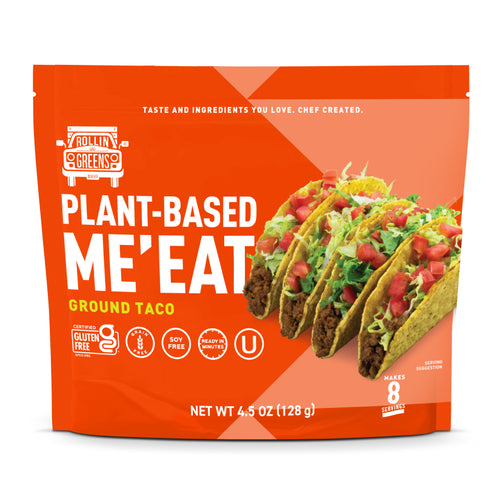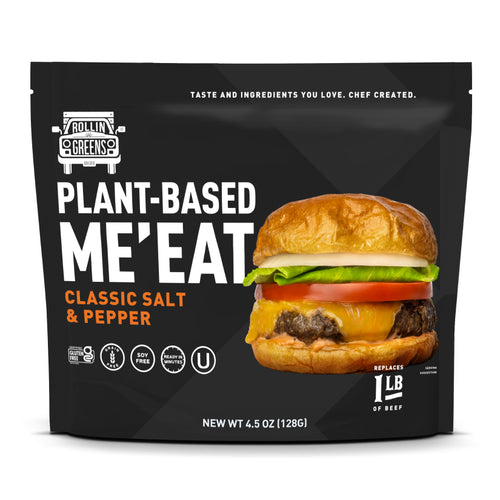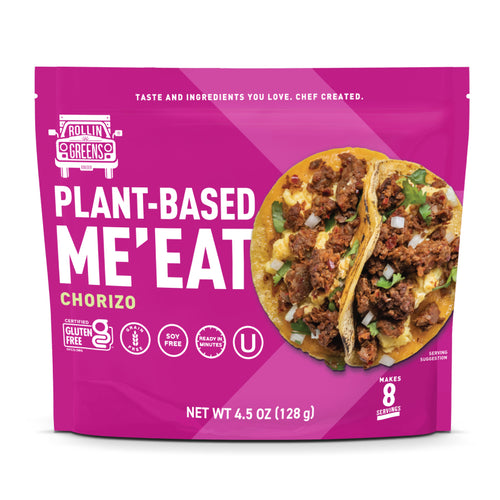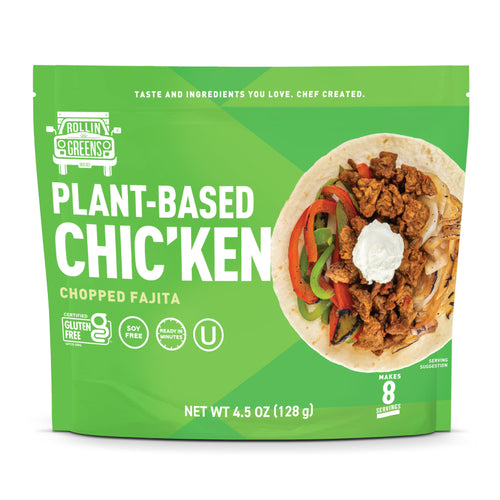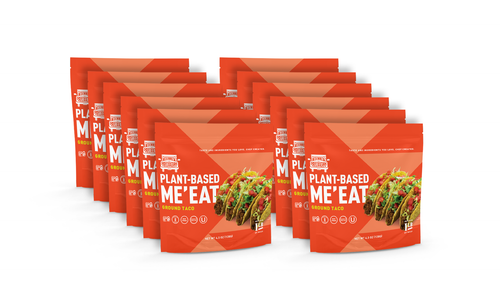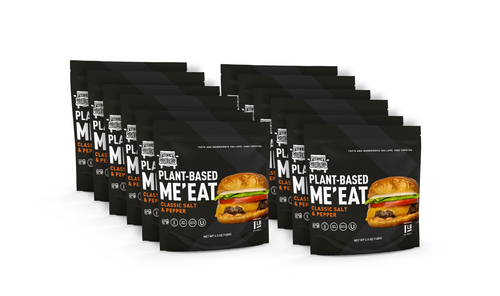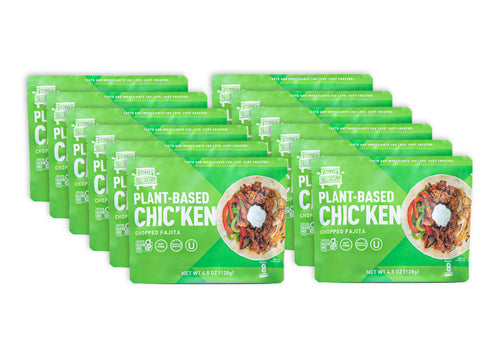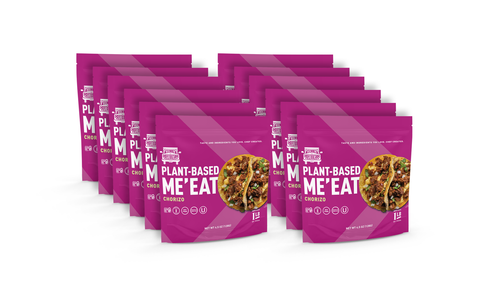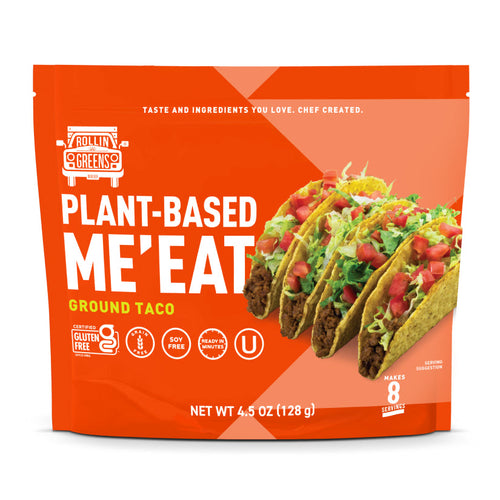The Truth and Myths About Snacking- Uncovered
Living in modern-day America means convenience. No one likes to wait, they want what they want now, and being hungry is no exception. During the Paleolithic era, if someone was hungry, it meant preparing and setting out on a hunting expedition, preparing the food to be cooked. Cooking the food then the grand finale of finally being able to eat, a process that can take up an entire day. Thankfully we are far past this age and when we’re hungry but it’s not quite time for a meal, we snack! Snacking has become a facet of American life that almost everyone does, “The Journal of Nutrition” in February 2010, approximately 97 percent of Americans snack, getting an average of 24 percent of their calories from snacks.”(Weisenberger). Snacking has become such a culturally reinforced learned behavior, yet gets a faulty reputation because so many associate snacking with unhealthy habits and junk food, but why? Everyone snacks because everyone needs to eat, so let’s uncover the truth as well as the myths behind snacking.
Traditional American eating patterns have come a long way. A day that was once based around a strict 3 square meals is now essentially unheard of and unrealistic. Schedules are getting more jam-packed with obligations and to-do lists, even kids are often jumping straight from school to their sports practice then to play rehearsal, the list never ends. This over-scheduled, overworked lifestyle that many individuals find themselves in the midst of is a huge reason snacking has become such a popular habit. Whether it’s packing granola bars for your little one’s busy day or packing yourself pretzels and hummus for a workday with a nebulous end time, knowing you’ll have something to satisfy your tastebuds and stomach whenever you might need it is comforting.
The concept of snacking has been around since the early 1900s despite the traditional meal regime of 3 square meals a day that was highly popular during this era. During the 1900s, food companies recognized the deep desire Americans had for convenient food they could simply pop in their mouth between meals with little to no effort on the consumer’s end. Since this was before the looming concept of health and the nutritional value was prioritized in snack food, companies made sure their products contained the 3 golden ingredients- salt, sugar and fat to keep customers coming back for more. This lead to snack food commodities like snickers, Lays Potato Chips and Hostess cakes filling up the shelves of groceries stores everywhere during the middle to late 1900s. The end of World War II introduced favorites like M&M’s and peanut butter and jelly sandwiches, these were snack foods that were commonly consumed by soldiers for the convenience of quick calories.
As time went on, it was clear that Americans weren’t going to stop snacking anytime soon, but as the 1990s and early 2000s approached something started to change about the snack industry. Americans were starting to take calorie intake into consideration when snacking instead of just reaching for whatever satisfied their taste buds, the health contents of snack food started to matter. This new revelation of calorie counting introduced products like 100 Calorie Pack snacks and Chewy granola bars, pre-portioned packaged food. The public responded positively to these new snack products, while the actual nutritional contents of these snack foods were questionable, consumers didn’t really seem to care. It was only 100 calories so these snack foods were deemed safe.
Today a lot more than just calories are taken into consideration when snackers are filling up their shopping carts. Thankfully scientific research continues to advance and we have discovered that caloric intake is not the only thing that should be considered when deciding if a food is “healthy” or not. Aspects like fiber to keep you full longer, protein to restore muscles, vitamins and minerals are taken into heavy consideration by consumers when deciding what to nosh on today. Ingredients such as artificial colors, sweeteners, and chemicals with unpronounceable names have been brought to our attention and labeled as something you should avoid, a huge milestone considering the snackers of 1900s weren’t really bothered or concerned by these ingredients. So if Americans are becoming more health conscious and yearning for healthier snack options that will keep them satisfied, why does snacking still have such a poor reputation?
We will admit it, highly processed packaged snack foods definitely helped pave the way for the undeniable success the snacking industry have experienced, but they are also responsible for snacking’s unsatisfactory reputation. The negative connotations that are associated with snacking often come from highly processed foods that are packed with artificial ingredients, sugar and fat, but snacking doesn’t need to be an unhealthy habit. Snacking on more nutrient-dense foods will not only keep you full for longer but might also make you more inclined to make healthier choices throughout the day. According to a study, snacking on foods high in protein and fiber can lead to making better food choices throughout the day and overall consuming less calories, “In one study, when men ate a high-protein, high-fiber snack bar, they had lower levels of the hunger hormone ghrelin and higher levels of the fullness hormone GLP-1. They also took in an average of 425 fewer calories per day”(Healthline). Instead of eating 3 larger meals a day, snacking throughout the day and eating smaller meals more frequently can keep you feeling energized throughout the day as opposed to eating a giant meal and going 5 hours until you eat again.
Eating smaller, more frequent meals and snacks is a regime many Americans have adopted and seem to have taken a liking to. Instead of 3 larger meals a day, people are eating about 6 smaller meals or snacks a day, “eating more frequently throughout the day leads to a greater intake of healthier, lower calorically-dense foods, which in turn leads to lower overall caloric intake and BMI”(Cleveland Clinic). By eating smaller, but more frequent meals, the body’s blood sugar is more stabilized as opposed to eating a large meal after a long period of time without food, causing blood sugar to spike. This is not to suggest that you eat 6 100 Calorie packs throughout the day and nothing else, rather smaller more nutrient dense snacks throughout the day such as Greek yogurt, nuts, fruit or smaller portions of sandwiches, salads or wraps.
While this eating schedule might not be for everyone, we’re huge fans of snacking here at Rollingreens, so we have put together a full day of eating 6 small meals or snacks, all of which are flavorful, filling and delicious!
1)Breakfast 1- 3/4 cup greek yogurt with berries and granola
2)Breakfast 2/ Snack- Half a bagel with hummus, lettuce, sprouts and tomatoes
3)Lunch- Greek Salad with protein of choice
4)Midday Snack- Rollingreens Millet Tots with a condiment of choice
5)Dinner- Thai peanut Cauliflower rice stir fry
6)Post dinner dessert/ snack- 3 squares of dark chocolate, 1/4 cup of almonds and fruit.
Maybe the 6 smaller meals a day isn’t for you but you’re still trying to hunt down the best healthy snacks for yourself and loved ones. Even if you aren’t on the 6 small meals a day regime, snacking is still an important part of a well-balanced diet, “Snacks may boost diet quality or lead to excess intakes of solid fats, added sugars and sodium…nearly all agree that the type of snack matters”(Weisenberg). You might find yourself famished two hours before dinner even though you ate a substantial lunch, so why not grab some carrots or hummus in between? A common misconception when it comes to snacking is since you’re eating more calories by snacking and not waiting until the next meal, you’re overeating, when in fact eating throughout the day may prevent you from overeating a huge meal. Now if your idea of a snack is a piece of chocolate cake every day at 11 am then again at 3 pm, you probably won’t reap the benefits snacking, but eating nutrient dense snacks throughout the day can have substantial positive effects on your overall health. Need some inspiration for quick, easy snacks that are also packed with nutrients? We’ve got you covered
1)Apples and almond butter
2)Red pepper or carrots with hummus, guacamole, or bean dip
3)1/2 cup of cottage cheese with honey and fruit
4)Spicy Spinach Artichoke dip with millet tots (click for recipe)https://old.rollingreens.com/our-recipes/
5)1/2 cup of trail mix
6)1/2 cup of roasted chickpeas
7)Blueberry Almond butter smoothie
8)Hard boiled egg with avocado, salt, and pepper
9)Millet tot smashers (click link for recipe) https://old.rollingreens.com/our-recipes/
10)Chocolate dipped frozen bananas with peanut butter
If reading this article made you hungry for a snack, know that you’re not alone! Millions of Americans are snacking right as we speak, and it’s time to bring an end to the negative stigma associated with snacking by promoting and continuing to create mouthwatering, healthful snacks that your body and tastebuds will both love.
CITATIONS
https://www.healthline.com/nutrition/snacking-good-or-bad
How Small, Frequent Meals Can Help Athletes Keep Energy High. (2018, June 04). Retrieved from https://health.clevelandclinic.org/how-small-frequent-meals-can-help-athletes-keep-energy-high/
Wisenberg, J. (2017, July 28). What Science Says about Snacking. Retrieved from https://foodandnutrition.org/july-august-2015/science-says-snacking/
